Here is an article I wrote. I think it's too long, but it's been sitting around for a while, so you can finally have it.

There are two major ways to improve your deck: (a) improve the average value of any given starting hand, or (b) improve the total value of your deck while maintaining the ability to make use of its total value. The most common way to accomplish (b) is to use components (splitters, terminal draw, non-terminal draw) to draw and play all your stop cards (terminal payoff, non-terminal payoff, and junk).
Basic question: What is the capacity of this deck, in the best case scenario? In absence of any drawing components or attacks, the capacity is 5 stop cards, one of which may be terminal. To increase the capacity beyond that, you need to add components. I suggest that a useful way to characterize an engine is a quantity I call the
component-draw ratio: the number of components you need to draw one additional stop card. I will calculate this for a bunch of examples.
Basic examples- Play 1 Lab, draw 1 additional card. The component-draw ratio is 1.
- Play 1 Village, 1 Moat, draw 1 additional card. The component-draw ratio is 2.
- Play 1 Festival, 1 Smithy, draw 1 additional card. The component-draw ratio is 2.
- Play 2 Villages, 2 Rangers, draw 3 additional cards. The component-draw ratio is 4/3.
- Play 1 Bustling Village, 2 Hunting Grounds, draw 6 additional cards. The component-draw ratio is 1/2.
Easy so far, right?
DurationsTo make calculations for durations (or Coin of the Realm), suppose that you're drawing your deck every turn. Most duration cards stay out an extra turn, so you need twice the number of these components. Thus, even though Wharf and Fishing Village can lead to greater reliability, they sometimes have higher component-draw ratios.
- Duration Caravan, play Caravan, draw 1 additional card. The component-draw ratio is 2.
- Duration Wharf, play Village, play Wharf, draw 3 additional cards. The component-draw ratio is 1.
- Duration Fishing Village, play Fishing Village, play 2 Smithies, draw 3 additional cards. The component-draw ratio is 4/3.
- Duration Fishing Village, duration 2 Sorceresses, play Fishing Village, play 2 Sorceresses, draw 1 additional card. The component-draw ratio is 6.
The Fishing Village/Sorceress component-draw ratio is one of the worst in the game, and you probably wouldn't bother with it at all.
(Math note: I calculate all these ratios by solving a simple system of equations. To input into these calculations, I say Village nets +1 action, and Smithy nets -1 action and +2 cards. For duration cards, you simply take this net value and divide by the number of turns that the card stays out. For example, Wharf nets -1/2 action and +3/2 cards.)
Terminal payoffNot all stop cards are equal, and some require more or fewer components. There are three major varieties of stop cards: nonterminals, terminals, and junk. Gold is a nonterminal, and you just need to draw it and keep in your hand. An Estate is junk, because you need to draw it, but don't need to keep it in hand. Bridge is a terminal, and you need to draw it and spend an action to play it.
Anyway, to play additional terminals, you need additional components. So now I'll calculate the
component-action ratio, the number of components needed to gain +1 Action without changing hand size. Here are a couple examples:
- Play 1 Village, getting +1 action. The component-action ratio is 1.
- Play 2 Festivals, 1 Smithy, getting +1 action. The component-action ratio is 3.
Notice that even though Village/Moat and Festival/Smithy have identical component-draw ratios, they have different component-action ratios. This shows how Festival/Smithy can struggle more when the payoff is terminal.
Of course, for things like Lost City, it's impossible to get +Actions without also drawing cards. In these cases, you can't calculate component-action and component-draw ratios separately.
SiftingThere are two major uses of sifting in a deck drawing engine. You might use it only for
reliability, to ensure that you have the right components at the right time. Or you use might it for
draw, that is, when you have junk stop cards that don't need to be kept in hand. If you're not sure whether you're using sifting for draw, ask yourself: Do I want to reshuffle and redraw all the cards I discarded, or would I rather leave them in the discard?
In the cases where sifting is being used for draw, we can compute component-draw ratios. Some of this draw is "true" draw, which increases your hand size, and some of it is "sifting" draw, which sets aside or discards the extra cards.
- Play 1 Forum, sift two additional cards. The component-draw ratio is 1/2.
- Play one Wandering Minstrel, discarding 1 stop card on average, and play Smithy. You've drawn 2 additional cards, and sifted 1. The component-draw ratio is 2/3.
- Duration Gear to get 2 cards, play Village, play Gear, setting aside 2 cards. You've drawn 1 additional card, and sifted 2. The component-draw ratio is 1.
- Duration 2 Archives, play an Archive. You've drawn 2 additional cards, and sifted 3 cards by setting them aside. The component-draw ratio is 3/5.
I find that these calculations can be quite dependent on your deck. For example, the component-draw ratio of a Cartographer is directly proportional to the density of junk cards in your deck. Also, many sifters are constrained such that it's impossible to sift all the junk, and only the junk. For example, Wandering Minstrel treats all non-Actions as junk, and won't sift junk already in hand. Archive sifts cards by setting them aside, but the cards you sift are the same ones you draw on later turns.
Throne Room and other oddballsThere are many cards I can't analyze very well, because their power is too variable (City Quarter, draw-to-X, Scrying Pool, Magpie), or they're limited to once per turn (Crossroads, double Tactician), or are not intended to draw consistently (Madman). Yet it is still possible to apply these ideas to at least a few oddballs.
-Throne Room. Throne Room is like a copy of another Action card in your hand, only with +1 action. If you chain N Throne Rooms together, it will copy N other Action cards, and provide +(2N-1) actions. So, without increasing the number of components at all, it provides +1 action for almost every component you have. Basically, in terms of best-case engine capacity, Throne Room has the same effect on your deck as Champion.
-King's Court. If you chain N KCs together, you get to play 2N-1 Action cards a total of 3 times each. In the end, you're using 3N-1 cards to play 6N-3 components. King's Court is like Champion, and with enough of them it may halve your component ratios.
-Expedition. How much this helps to draw your deck depends on how easily you can pay for it. For instance, suppose you paid for it with a Silver and Market. Silver and Market are usually payoff cards, but could be treated here as draw components. The component-draw ratio is 2.
-Storyteller. Similar to Expedition, you can consider treasures as draw components. If on average you play 3 Silvers with Storyteller, the component-draw ratio is 4/3.
Strategic impactEngines with different component ratios face different sorts of challenges.
Engines with low component ratios usually have more expensive components, and they may struggle to hit the high price points. And since stop cards may be a larger fraction of the deck, they have more trouble having the right components in hand when needed. Here, sifting might be used more for reliability than for draw.
Engines with high component ratios struggle to gain lots of components, and may hit a ceiling when piles run out. Since each stop card makes a difference, thinning helps a lot, and green/junk hurt a lot. Handsize attacks also hurt. Here, sifting might be used more for draw than for reliability.
So for example, engines using Ghost Ship for draw are particularly difficult because of the high component ratios and handsize attack. Engines using Margrave are much easier because of the lower component ratios, and an attack that actually improves reliability.
Of course, component ratios are only one aspect to consider. Some components are easier or harder to gain (e.g. Port vs Village), and some provide additional payoff (e.g. Festival/Smithy vs Village/Moat) or reliability (e.g. Labs vs Village/Smithy). This is just a starting point.

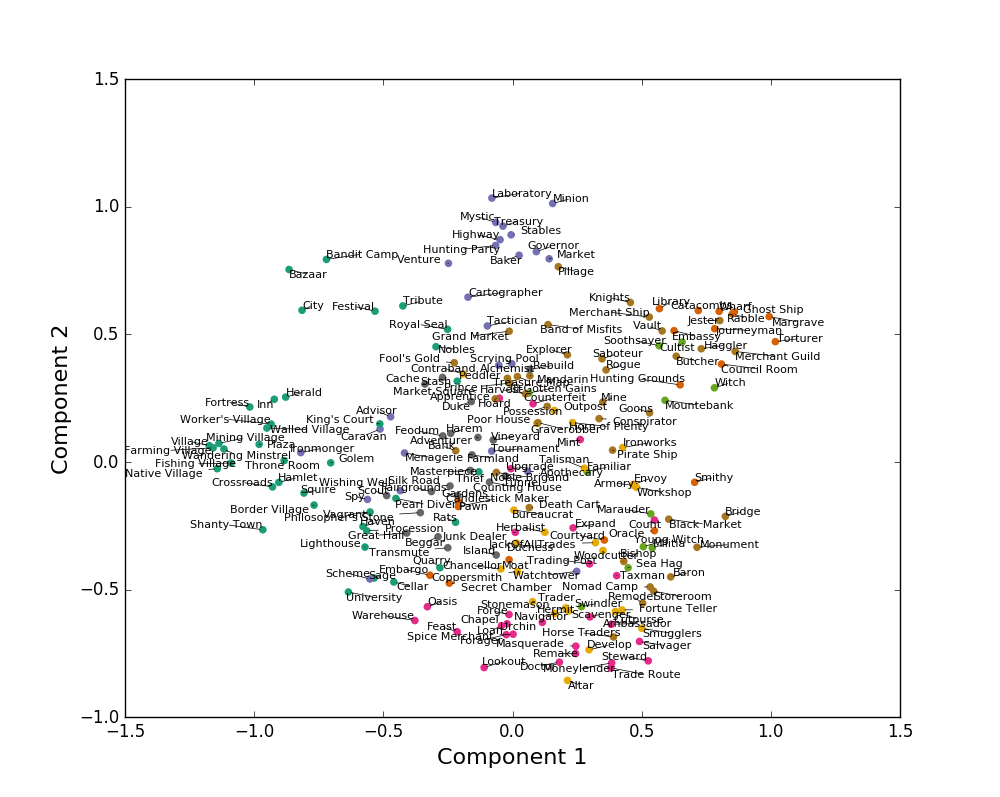
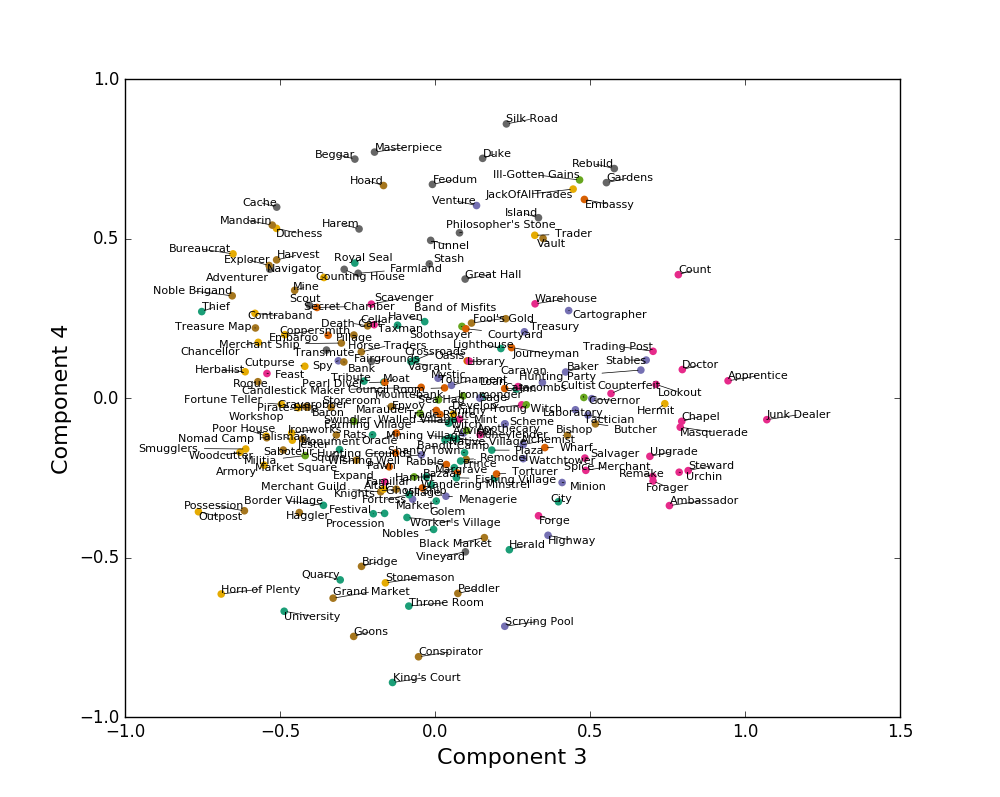
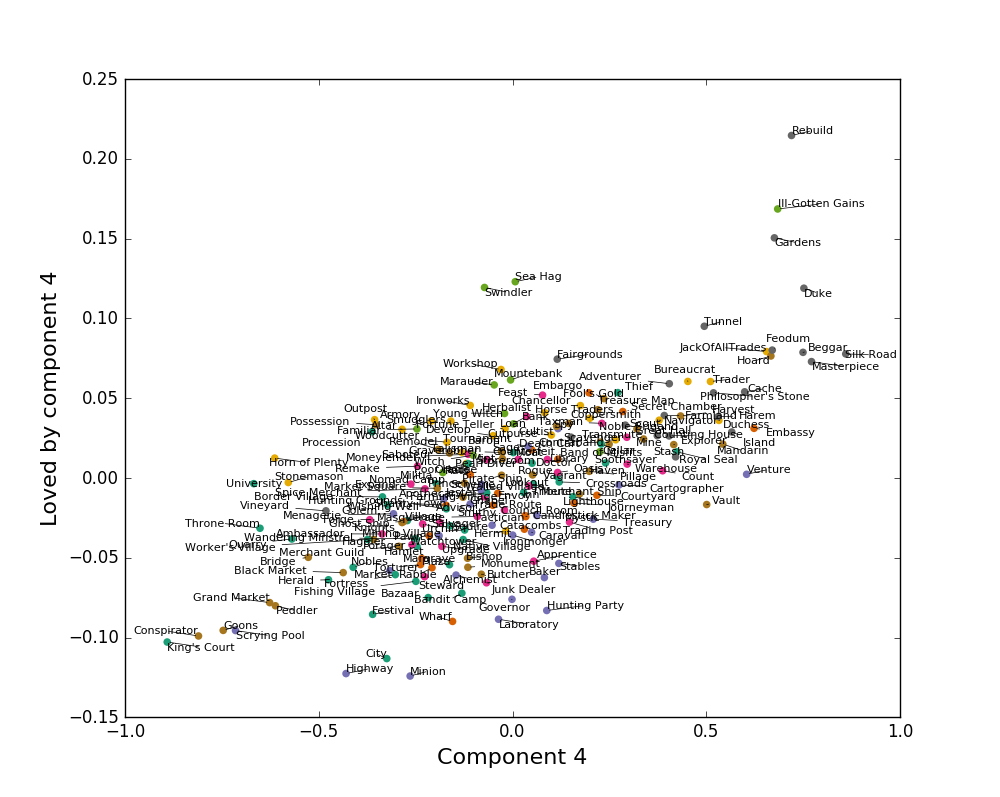
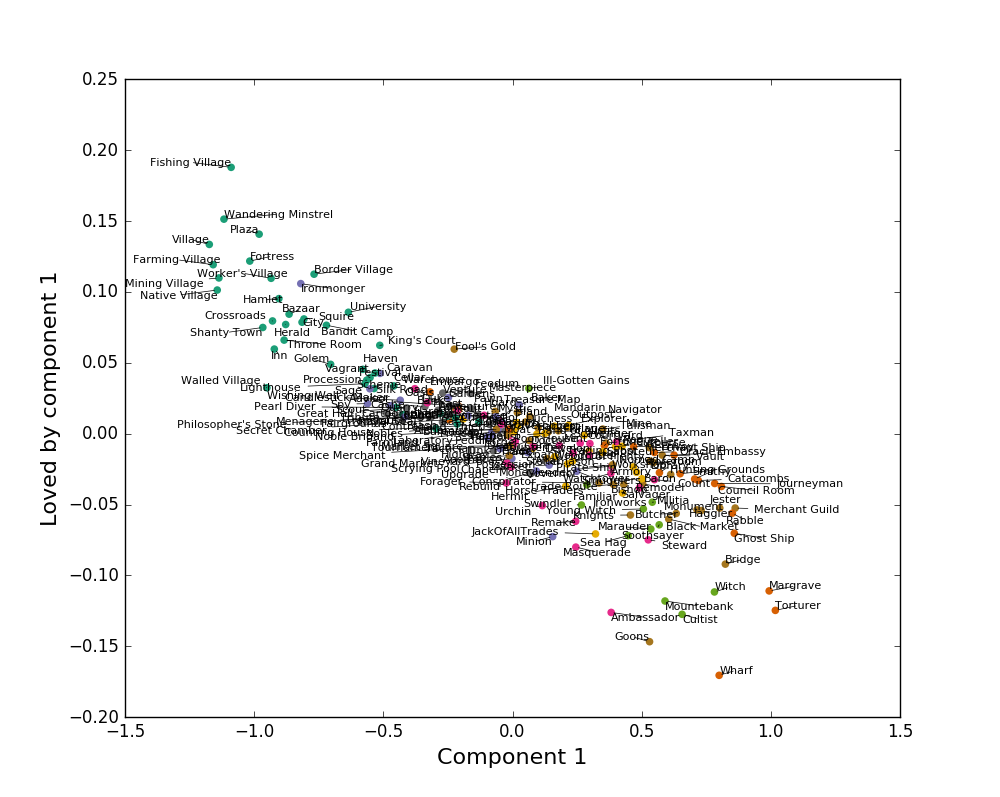
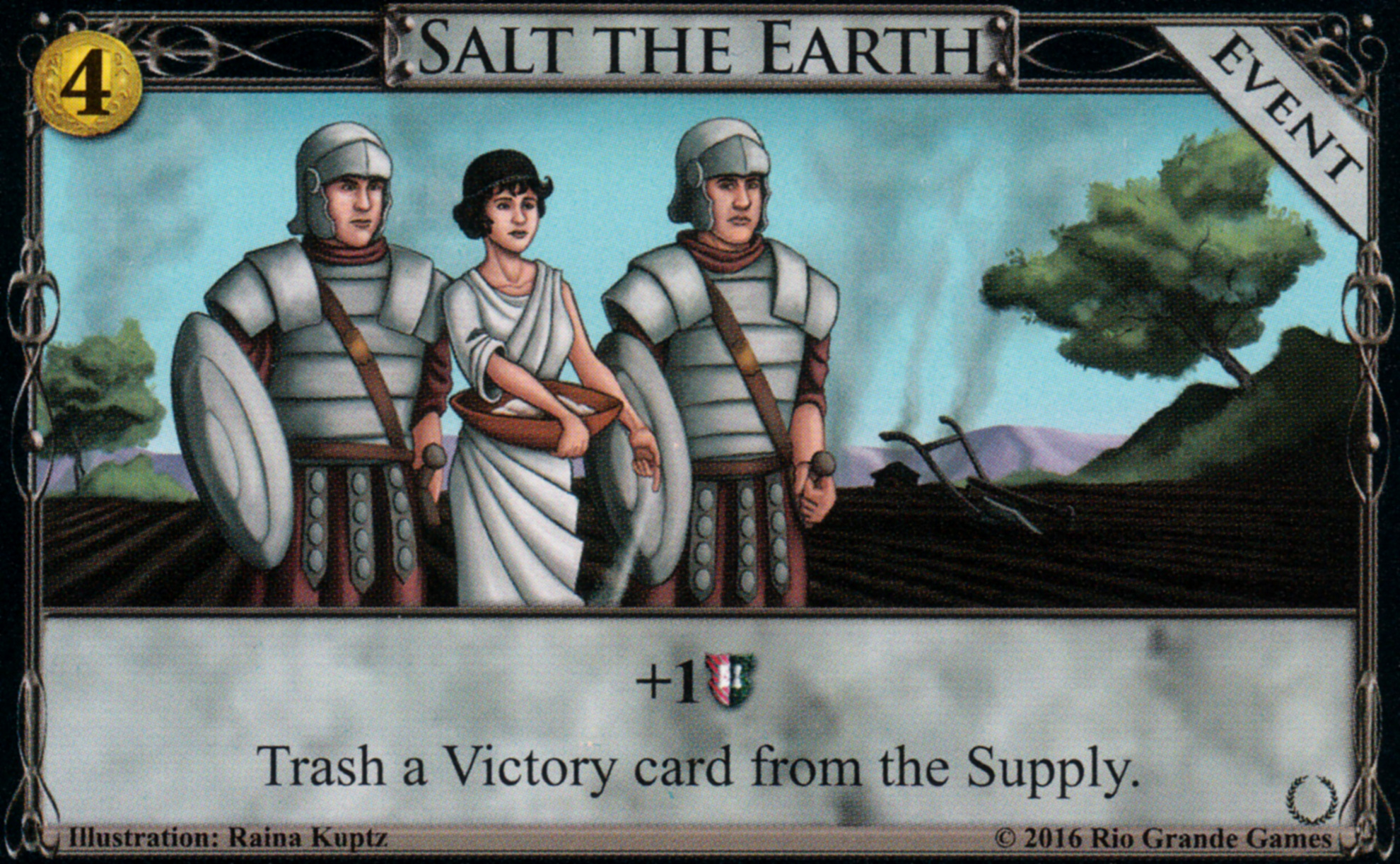
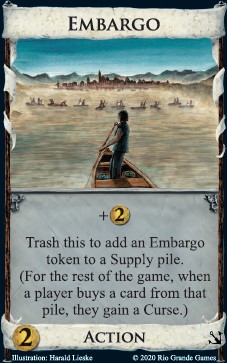



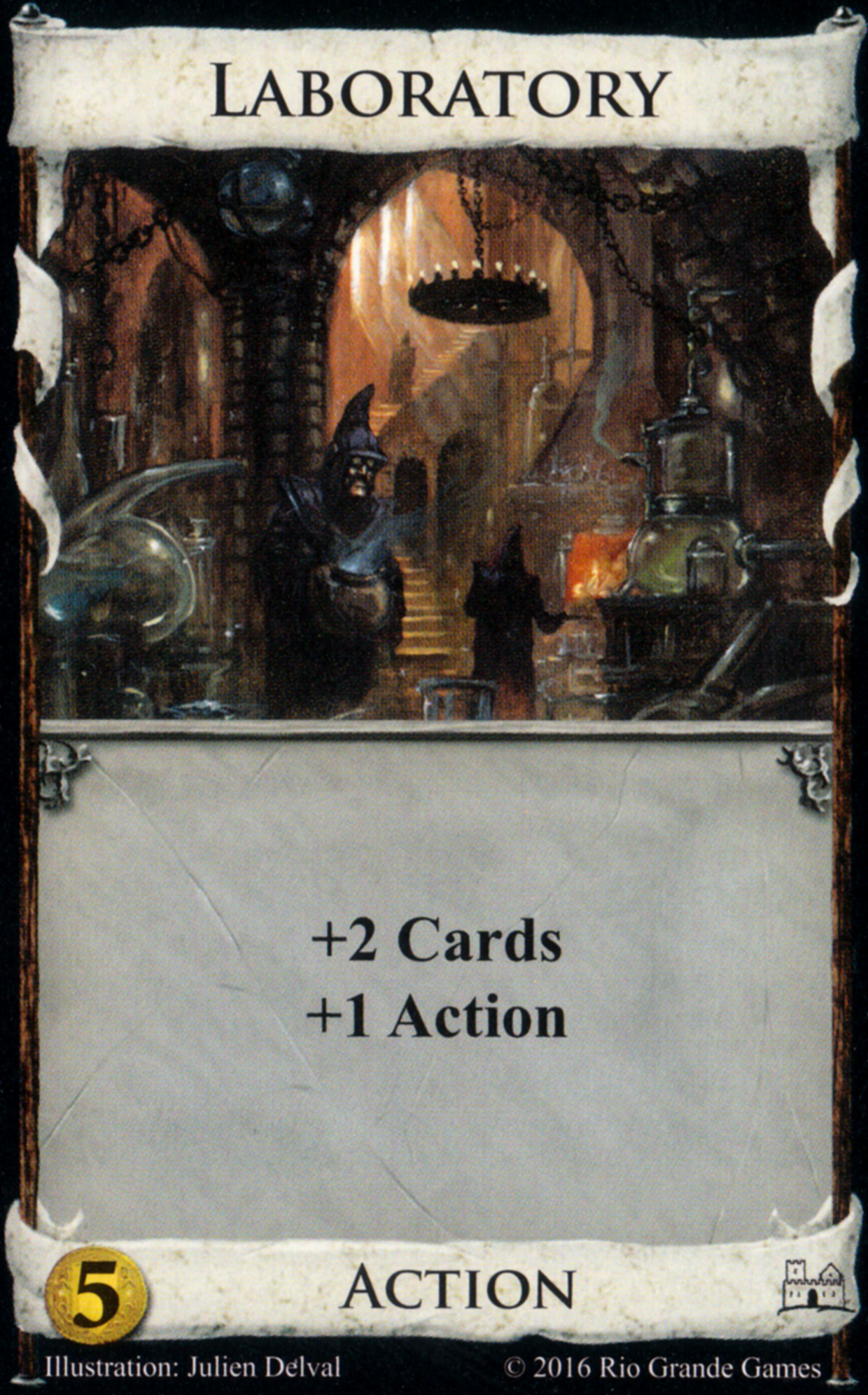


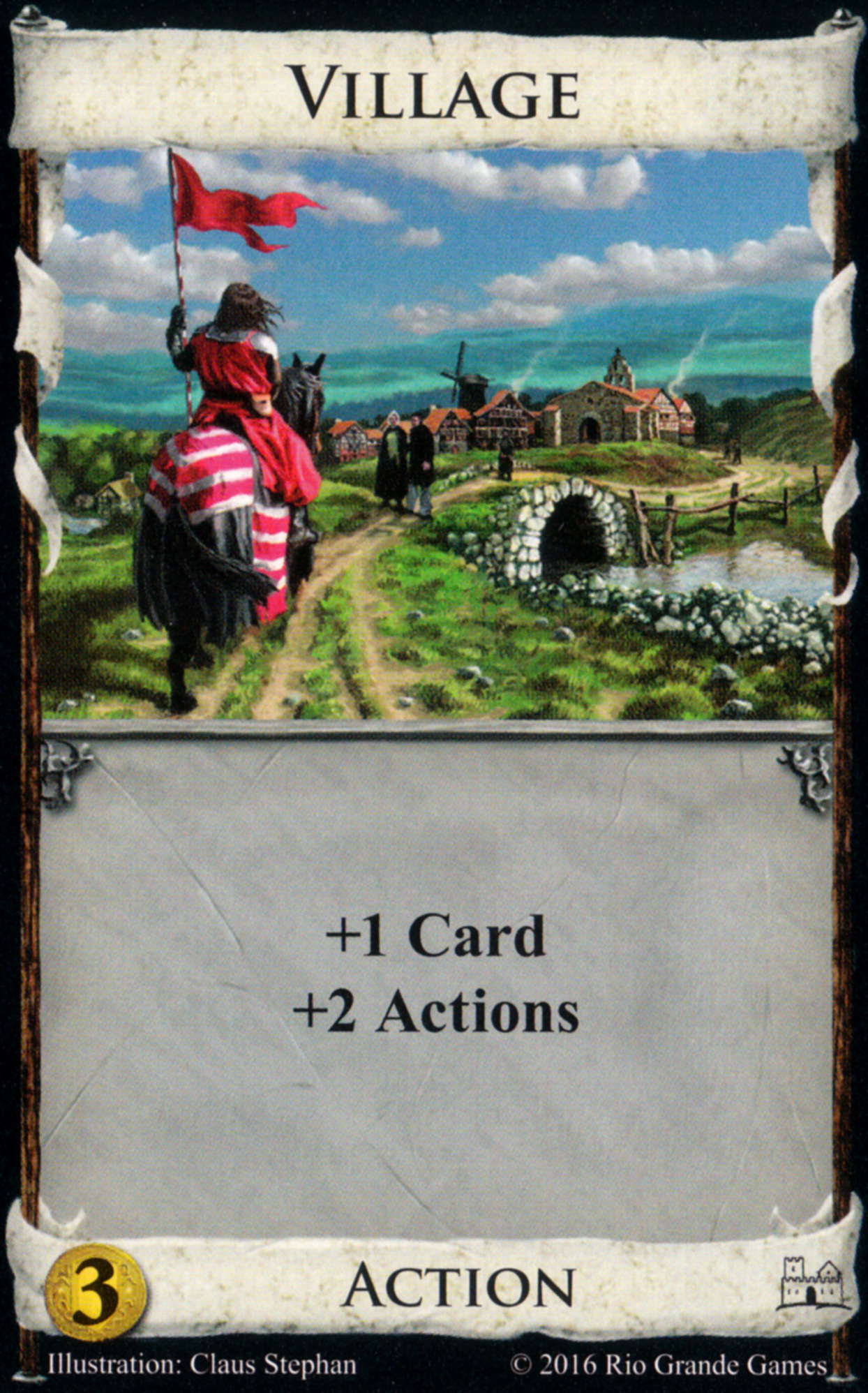
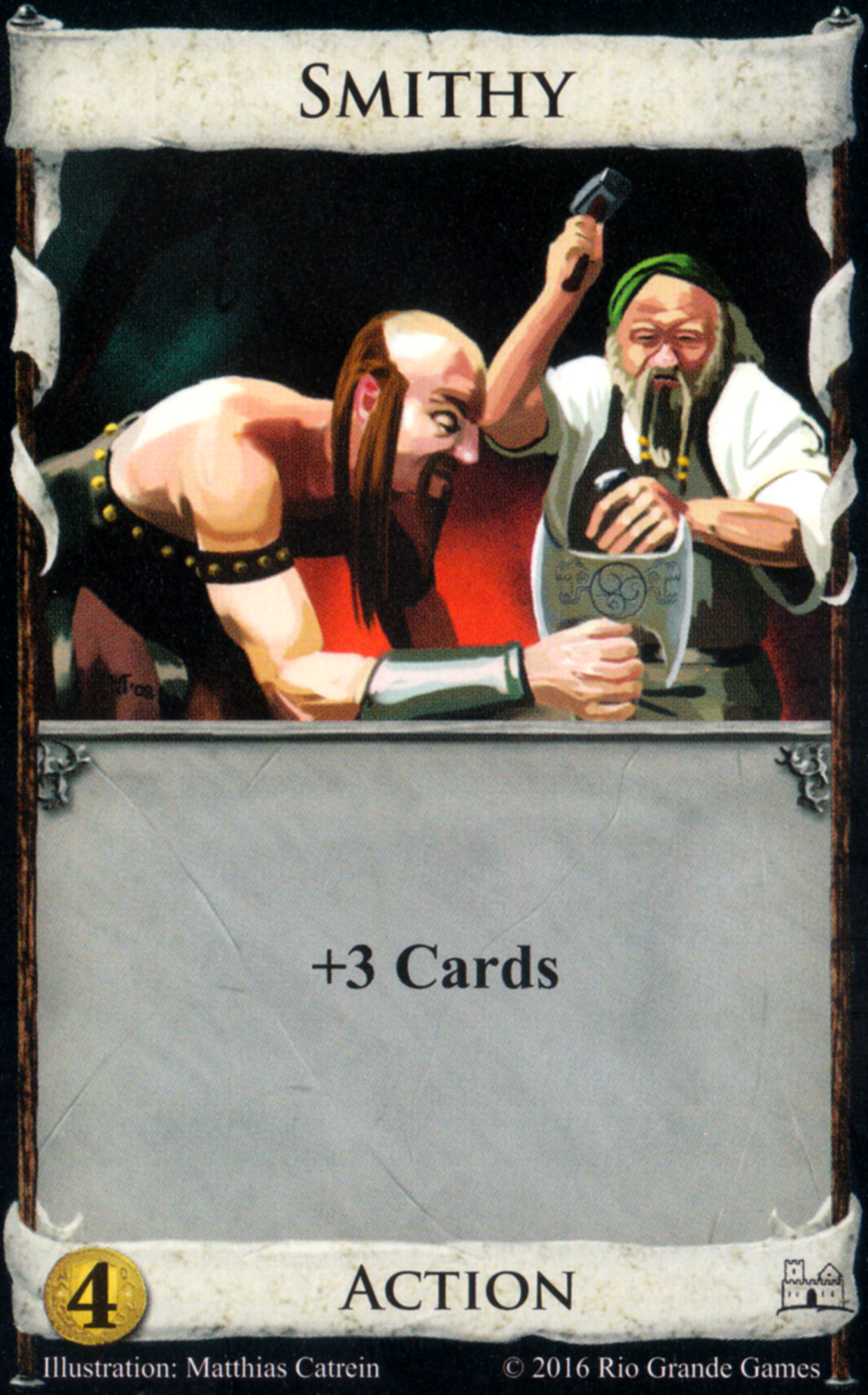




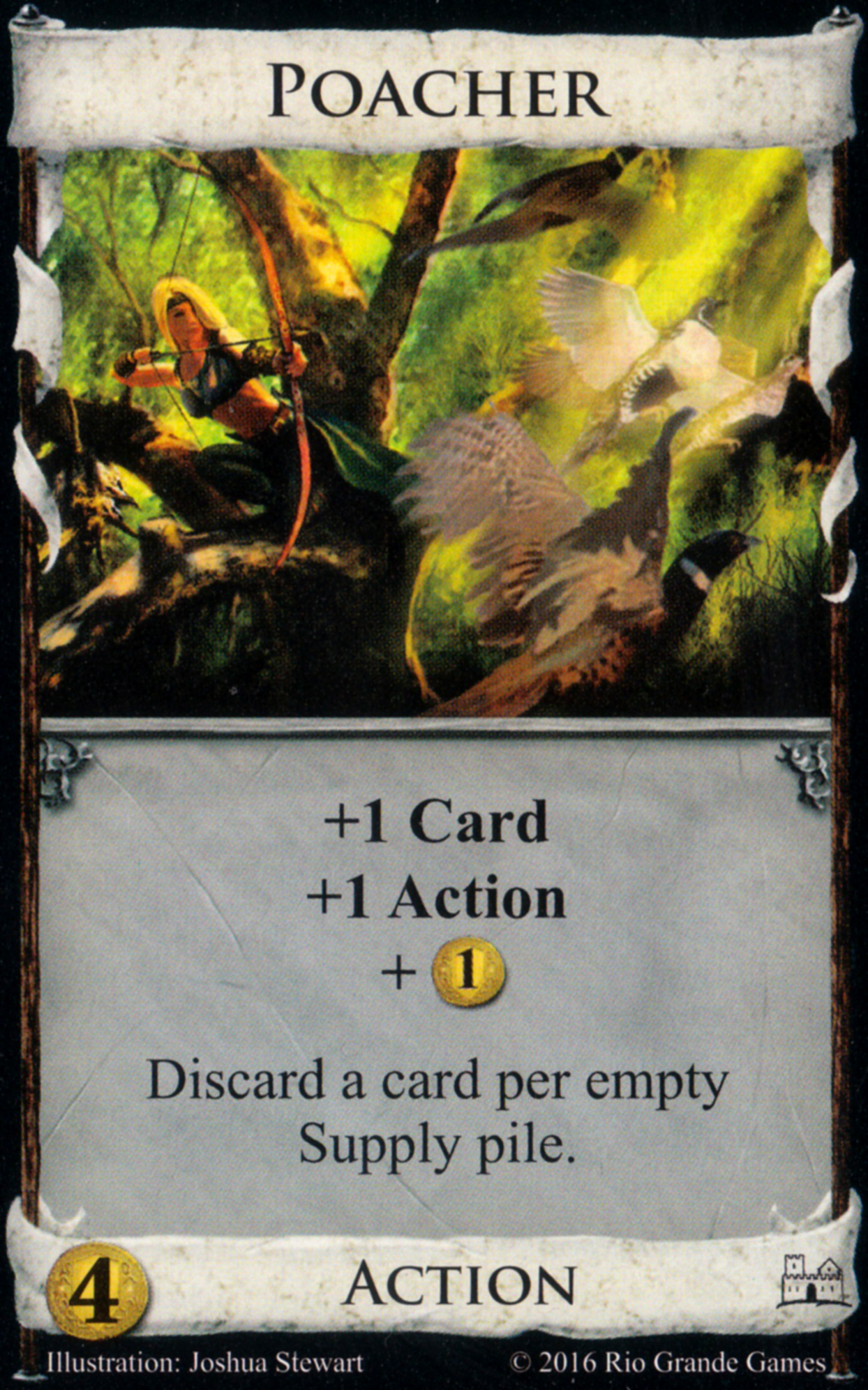
 , or some similar bonus. These are called Peddler variants, named after
, or some similar bonus. These are called Peddler variants, named after  .
.